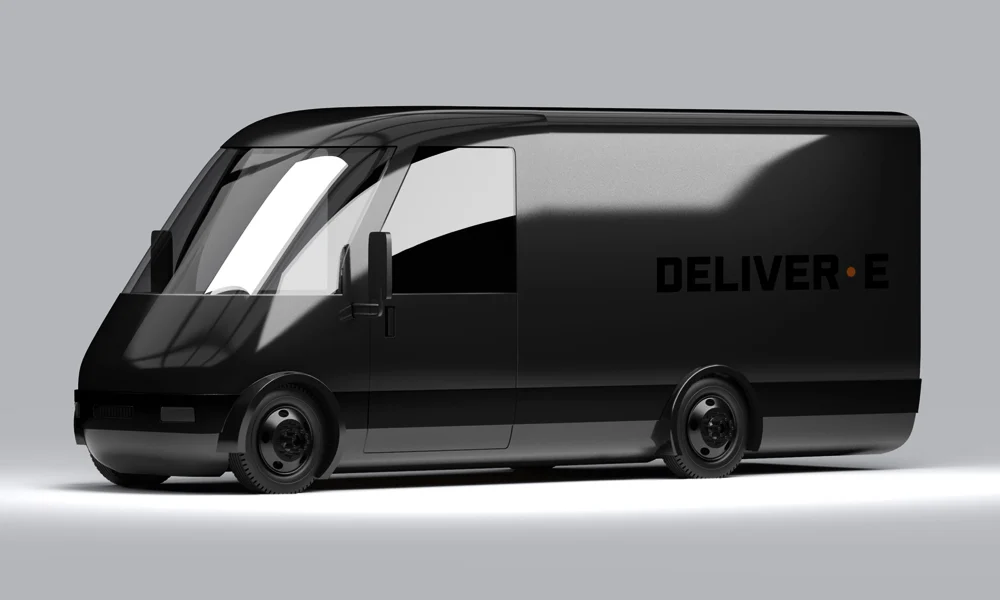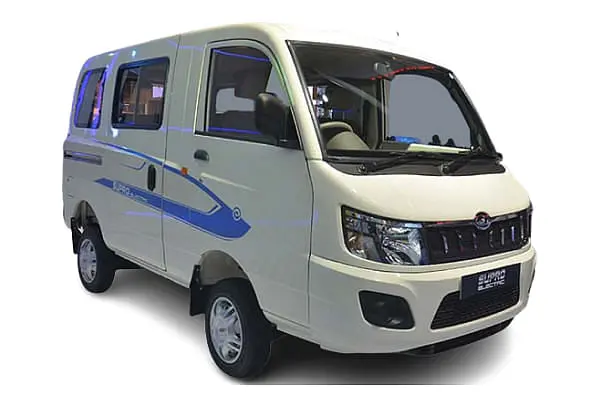Turning a van into a home on wheels is a growing trend among adventurers and travel enthusiasts. The van life movement allows you to experience the freedom of the open road, while enjoying the comfort of a personalized living space. If you’ve ever wondered how to transform a van into a mobile home, this guide will walk you through the essential steps to make it happen. Whether you’re a DIY enthusiast or planning to hire professionals, here’s everything you need to know about converting a van into a functional, comfortable home on wheels.
Choosing the Right Van for Conversion
The first step in any van conversion project is selecting the right vehicle. The van you choose will largely depend on your budget, space needs, and intended use. Popular choices include the Mercedes-Benz Sprinter, Ford Transit, and Ram ProMaster—each offering different sizes and features.
Considerations When Choosing a Van:
- Size and Space: Consider the amount of living space you need, especially if you’re planning long trips or traveling with others.
- Fuel Efficiency: Keep in mind fuel economy, especially if you’re planning extended road trips.
- Drivetrain: If you plan to venture off-road, a 4×4 or all-wheel-drive van may be a wise choice.
Planning Your Layout
Once you’ve chosen the van, the next step is planning the layout. Think about how you want to use the space. Will you need a full kitchen? A bathroom? How many people will the van accommodate? Draw a floor plan to visualize where key components like the bed, kitchen, and storage will go.
Key Elements to Consider:
- Sleeping Area: Most van conversions include a fixed bed or a convertible sleeping area to maximize space.
- Kitchen Space: If you plan to cook in your van, allocate space for a stove, fridge, sink, and storage for food and utensils.
- Storage: Include enough storage space for clothes, gear, and supplies. Overhead cabinets and under-bed storage are popular options.
- Bathroom: Some van lifers choose to install a toilet or shower, while others opt for portable options to save space.
Insulating and Soundproofing
Proper insulation is crucial for maintaining a comfortable temperature inside your van, especially if you plan to travel in different climates. Insulating your van also helps reduce noise from outside, making for a quieter and more relaxing environment.
Insulation Options:
- Reflective Foam Insulation: Great for maintaining temperature control, especially in hot climates.
- Spray Foam or Sheep’s Wool: These materials are more environmentally friendly and offer excellent insulation.
- Sound Deadening Materials: Add sound-deadening mats to the van’s floor and walls to minimize road noise.
Electrical System and Power Solutions
One of the most important aspects of converting a van into a home on wheels is installing a reliable electrical system. This powers everything from your lights and fridge to charging your devices. You can choose between connecting to external power sources or creating an off-grid system using solar panels.
Power Solutions:
- Solar Panels: A solar power setup is the most popular option for van lifers looking to live off-grid. Install solar panels on the roof and connect them to a battery bank to store power.
- Inverter: An inverter converts DC power from your van’s battery into AC power, allowing you to use standard household outlets.
- Battery Setup: Consider installing a deep-cycle battery system to store power for when the engine isn’t running.
Water System and Plumbing
For longer trips, installing a water system can make your van conversion more self-sufficient. Depending on your space and needs, you can choose between simple setups with portable water containers or more complex plumbing systems.
Water System Options:
- Freshwater Tank: A tank can be installed under the van or inside, depending on available space. Pair it with a pump to provide water to your sink or shower.
- Greywater Tank: This is where used water from your sink or shower will drain. Be sure to install a system that’s easy to empty.
- Portable Showers: If you don’t want to install a full plumbing system, portable solar showers can be a great alternative.
Interior Design and Furnishing
After the essential systems are in place, it’s time to design the interior. This is where you can get creative, making the space feel like home. Choose materials that are durable, lightweight, and weather-resistant.
Tips for Interior Design:
- Lighting: Install LED lights for energy efficiency. Use soft lighting to create a cozy atmosphere.
- Furniture: Opt for multi-functional furniture that saves space, such as a fold-out bed or a table that converts into a desk.
- Aesthetic: Use colors, textures, and decorations that make the space feel comfortable and personal.
Ventilation and Climate Control
Proper ventilation is essential in a camper van to prevent condensation and ensure air circulation. Installing roof vents, windows, or a small fan can keep the interior comfortable in all types of weather.
Climate Control Tips:
- Roof Vent Fans: These help pull hot air out of the van while circulating fresh air inside.
- Portable Fans or Heaters: If you’re traveling in extreme climates, consider bringing portable fans or heaters to keep the interior temperature regulated.
Conclusion
Converting a van into a home on wheels is a rewarding project that gives you the freedom to travel without compromising on comfort. From selecting the right van to installing power and water systems, each step in the conversion process requires careful planning and attention to detail. Whether you’re dreaming of weekend adventures or a full-time van life, creating a personalized home on wheels will enhance every journey.


